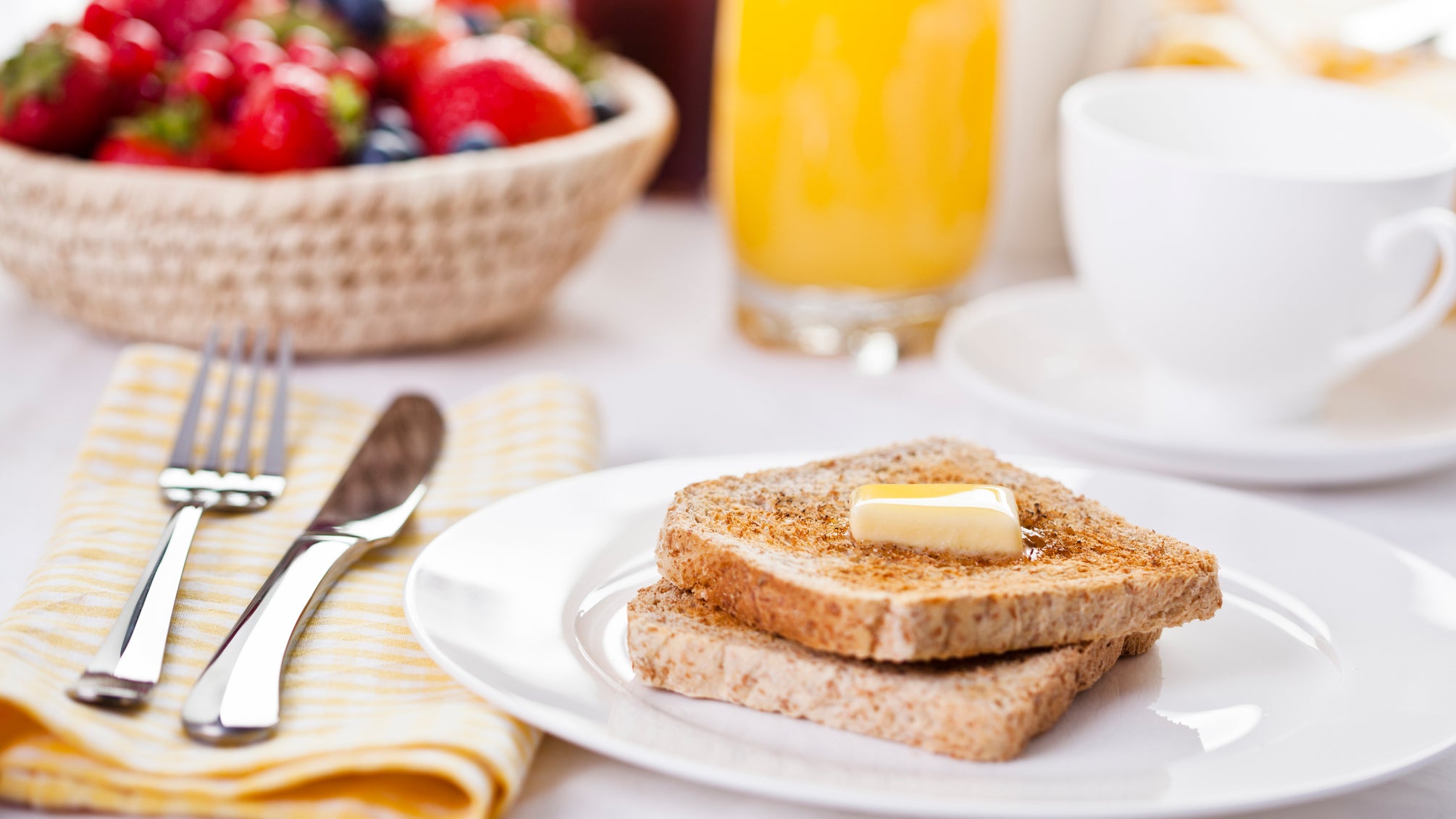Ask Stacy: What Makes a Good Pre-Race Meal?

(Photo: Getty Images)
Race week is both exciting and nerve-wracking. You may be tempted to change your usual diet based on what fellow competitors or pros are doing or talking about doing. Don’t! This is not the time to try something new; it’s time to stick with what you know.
At the beginning of race week, focus on general healthy eating: Think fresh foods that are nutrient-dense. Aim to support a robust immune system and stave off pre-competition bouts of illness. Also, be extra careful about contracting food poisoning, especially if traveling. Practice safe food preparation techniques, wash your hands regularly, and avoid eating anything that is past its due date.
Before even thinking about the actual race day, it’s important to set yourself up for success in the two days leading into your race. What you eat on the days before your race will depend on the duration of your event. Ensure your carbohydrate fuel tank is full by including carbohydrate-rich foods such as bread, rice, pasta, grains, fruit, and yogurt in your main meals and snacks. Be mindful to avoid high amounts of fiber-rich foods in the days leading into a race to reduce the risk of gastrointestinal (GI) issues on race day itself. Some low-fiber fruit and vegetable alternatives include tomato, zucchini, grapes, and grapefruit.
For early morning events, the pre-event meal should ideally be consumed 1.5 to two hours before the start of the race. For shorter races, it isn’t essential to have large amounts of food, but it is important to eat enough to top up liver glycogen stores and prevent hunger. This can be achieved through a small breakfast such as toast, instant oatmeal, or a milk-alternative-based smoothie. A small carbohydrate-rich snack (e.g. half of a bagel with butter and jam or half of an energy bar) can then be consumed in the 30 minutes before the race if needed. For longer races (70.3 and Ironman distances), you do not need to set your alarm for a 3 a.m. breakfast—you are looking to top up glycogen stores, prevent hunger, and have some reserves to start the race. You can do this in the same 1.5 to two-hour window, and I often recommend toast with jam and instant oatmeal mixed with a milk alternative as a liquid meal. It is easy to consume, easy to digest, and provides carbohydrates (complex carbs from the oats, simple carbs from all the added sugar), a good hit of sodium, as well as hydration. Of course, try it out beforehand—don’t do something new on race day!
For races that start later in the day, aim for a meal three to four hours before and then a smaller top-up snack one to two hours before the start. Meals should be complex carbohydrate-based with some protein and a little fat: breakfast cereals, toast, or pancakes (if eating breakfast), or wraps, sandwiches, rice, or quinoa if it is a later afternoon or evening race. The top-up snack might be a smaller serving of the above, or can be a milk-alternative-based smoothie (with low-fiber fruit) or a liquid meal replacement.
The overarching goal of a pre-race meal is to top up glycogen stores and prevent hunger; not to refuel or replace low carbohydrate stores—taper week is about refueling and replacing. If you plan your week leading into your race well, then the pre-race meal becomes part of your race ritual: enough to make you feel calm and ready, but not enough to make your stomach turn.
More Ask Stacy: